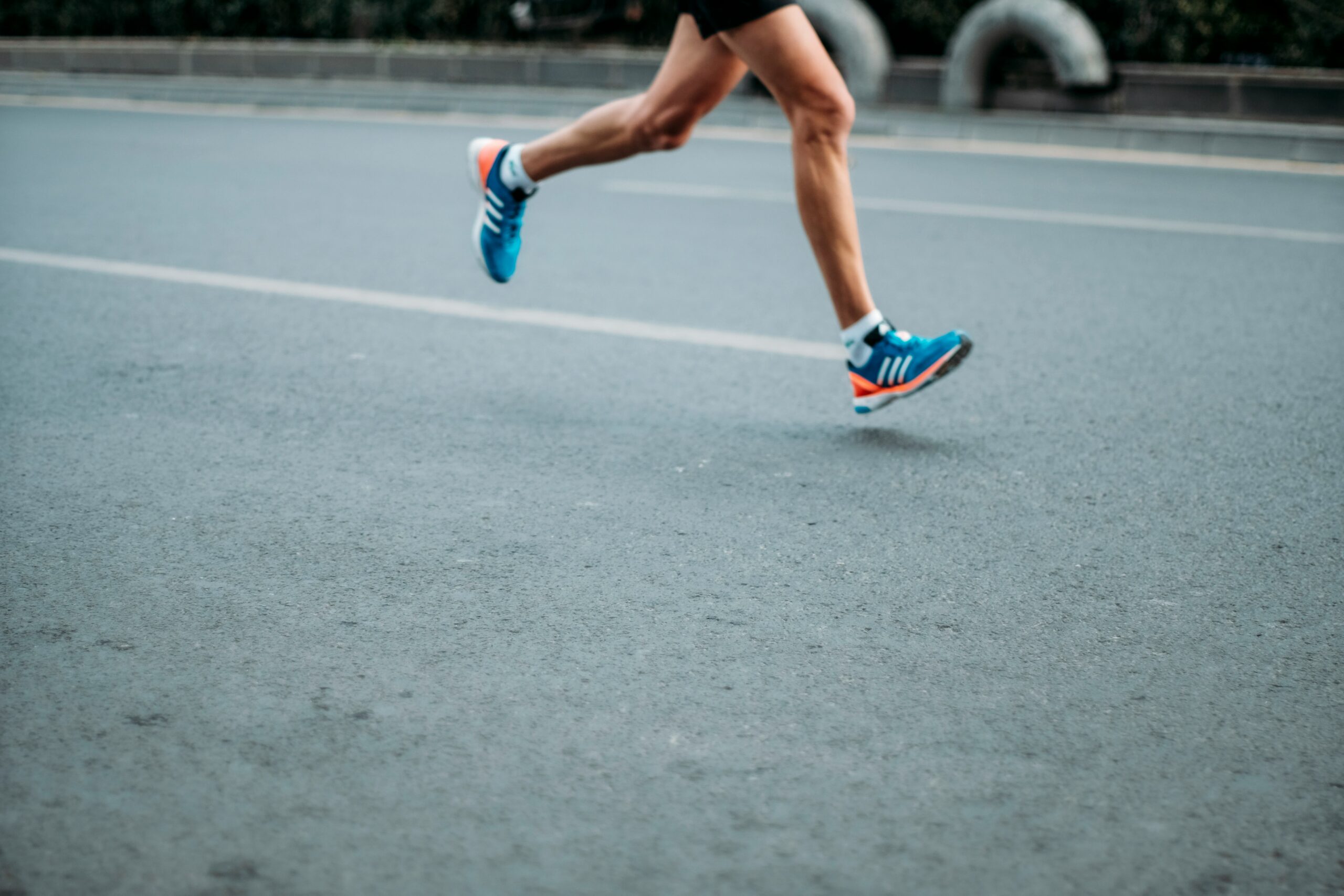Unleashing Your Inner Athlete Through Mindfulness and Movement
Have you ever found yourself gazing longingly at athletes on TV, wondering what it would take to unleash your inner athlete? The truth is, within each of us lies a dormant athlete waiting for the right conditions to awaken—often, all it takes is a sprinkle of mindfulness and a dash of movement. These two elements can transform the way we engage with our bodies and the world around us. So, let’s dive deep into this perfect pairing and discover how you might just become the athlete you’ve always dreamed of being.
The Connection Between Mind and Body
First off, let’s talk about mindfulness. It’s a term that sometimes gets tossed around like a freebie at a yoga convention. But what does it really mean? At its core, mindfulness is about being present—really present. It’s about tuning into your body, your breath, and your surroundings. When we think of athletes, we often picture them as being in peak physical condition, but mental acuity plays a critical role too. In fact, many professional athletes describe their most exhilarating performances as being almost transcendent experiences, where everything flows effortlessly.
For example, consider the case of renowned tennis player Novak Djokovic. His success isn’t just rooted in physical prowess; he credits a significant part of his achievements to mindfulness practices, including meditation. Djokovic has said that these practices help him maintain focus and composure, especially during high-pressure matches. It strikes me that if an elite athlete like him finds value in mindfulness, maybe we should take a cue from his playbook.
Finding Your Flow
Flow state—now there’s a term that gets thrown around in sports psychology! This state of optimal experience is where skill meets challenge, and time seems to stand still. When you’re in the flow, you’re completely immersed in what you’re doing, whether it’s sprinting down the track or simply enjoying a brisk walk in the park. I remember taking a yoga class once, and the instructor encouraged us to find our flow during a challenging pose. As I strained to balance, I suddenly found myself lost in the moment—my worries disappeared as I focused solely on my breath and movement. That was pure magic.
To tap into this flow state, you need to cultivate mindfulness. Here are some practical tips to get started:
- Start with Your Breath: Before any physical activity, take a few moments to focus on your breath. Inhale deeply through your nose, hold it for a moment, and then exhale slowly. This simple practice can ground you and prepare your mind for movement.
- Set Intentions: Whether you’re going for a run or hitting the gym, setting an intention can create a deeper connection to your activity. Maybe it’s to enjoy the moment or to push your limits. Whatever it is, keep it at the forefront of your mind.
- Be Present: During physical activities, try to notice the sensations in your body. What muscles are working? How does the ground feel beneath your feet? This awareness can enhance your experience and help you stay focused.
The Power of Movement
Now, let’s shift gears a bit and talk about movement. It’s not just about working out to shed pounds or get ripped (although, let’s be real, that’s often a motivating factor). Movement is a celebration of what our bodies can do. It’s about discovering joy in motion—no matter how small that motion may be. You don’t have to be a marathon runner or a CrossFit champion to embrace your inner athlete.
Take, for example, the concept of “movement snacks.” This term refers to short bursts of activity sprinkled throughout your day. It’s a delightful way to incorporate movement without dedicating hours to the gym. You might do a few squats while waiting for your coffee to brew or a quick dance break when your favorite song comes on. I’ve found that these little moments not only get my blood pumping but also bring a smile to my face. Who doesn’t want to dance like nobody’s watching, right?
Mindfulness in Sports
Many sports teams and athletes are now recognizing the importance of mindfulness training. This isn’t just a trend; it’s backed by research. Studies suggest that athletes who incorporate mindfulness techniques can improve their performance and reduce anxiety. For instance, a study published in the journal *Sports Psychology* found that mindfulness meditation can enhance focus and reduce the rumination that often plagues athletes during competition.
Consider the case of the Chicago Bulls during their championship years in the 1990s. Under the guidance of coach Phil Jackson, the team embraced mindfulness practices, which included meditation and visualization techniques. Jackson believed that cultivating mental strength was just as essential as physical training. And who can argue with six NBA championships? (Well, maybe some die-hard Lakers fans, but that’s a different story.)
Creating Your Mindful Movement Routine
So, how do you integrate mindfulness and movement into your daily life? Here are some steps to help you create a routine that resonates with you:
- Choose Your Movement: Whether it’s running, yoga, dancing, or even gardening—pick an activity that you genuinely enjoy. If you dread it, you’re unlikely to stick with it.
- Set Aside Time: Carve out regular time for your mindful movement practice. It doesn’t have to be long; even 15-20 minutes can make a difference. Consistency is key.
- Incorporate Mindfulness: As you move, keep your focus on your breath and body sensations. Allow your thoughts to come and go without judgment. If your mind wanders, gently guide it back to the present moment.
- Reflect: After your movement session, take a moment to reflect on how you felt. Did you notice any shifts in your mood or energy levels? Journaling can be a great way to track your progress.
Mindful Movement in Nature
One of my favorite ways to practice mindfulness through movement is to head outdoors. Nature has this magical ability to ground us and elevate our spirits simultaneously. Whether it’s a brisk hike through the woods or a leisurely stroll by the beach, being in nature can amplify your mindfulness practice.
Research suggests that spending time in nature not only improves mood but also enhances cognitive function and creativity. It’s like a buffet for your senses— the sounds of rustling leaves, the smell of fresh pine, the sight of a radiant sunset. Take a moment to savor these experiences. You might find that your inner athlete thrives in the great outdoors.
Listening to Your Body
As you embark on this journey of mindful movement, remember to listen to your body. It’s incredible how often we push through discomfort when we might actually need to take a step back. Learning to distinguish between the discomfort of a challenging workout and the pain of potential injury is essential. This is where mindfulness comes in. By tuning into your body, you can become more aware of its signals, allowing for a more harmonious relationship between mind and body.
Let’s not forget about rest. Yes, rest! The unsung hero of athletic performance. It’s tempting to think that more movement equates to better results, but that’s not always the case. Recovery is just as crucial for your performance as the training itself. So, don’t feel guilty about taking time off to recharge. Your body will thank you.
Connecting with Others
Mindfulness and movement can also be a communal experience. Engaging in activities with others can deepen your connection to both your practice and the people around you. Think of group yoga sessions, team sports, or even a dance class. The camaraderie of shared movement can be uplifting and motivating.
I remember joining a local running club, and it transformed my perspective on exercise. Suddenly, running became less about the miles and more about the connections I formed with fellow runners. We cheered each other on, shared our struggles, and celebrated our victories—big and small. It was a reminder that movement isn’t just a solitary endeavor; it’s a way to bond with others.
Mindfulness Beyond Movement
While movement is a significant aspect of unlocking your inner athlete, mindfulness can extend far beyond physical activity. It can permeate your daily life, influencing how you approach challenges, handle stress, and interact with others. For instance, practicing mindfulness while eating can transform your relationship with food. Instead of mindlessly munching while scrolling through your phone, take the time to savor each bite. You might be surprised at how much more fulfilling your meals become.
Mindfulness can also improve your productivity at work. By focusing on one task at a time, you can enhance your efficiency and reduce feelings of overwhelm. It’s a win-win situation. You’ll find that you not only accomplish more but also enjoy the process.
Final Thoughts: Your Inner Athlete Awaits
As we wrap up this exploration of unleashing your inner athlete through mindfulness and movement, it’s important to remember that this journey is uniquely yours. There are no right or wrong ways to approach it. It’s about finding what resonates with you and nurturing that connection. Mindfulness and movement can become lifelong companions, guiding you toward greater physical and mental well-being.
So, step outside, take a deep breath, and allow yourself to be present in the moment. Whether it’s a jog around the block, a yoga session in your living room, or a spontaneous dance party in your kitchen, embrace the joy of movement. Your inner athlete is waiting to be unleashed—let it shine.
And who knows? You might just discover a side of yourself you never knew existed. Now, go forth and move with mindfulness. Your body and mind are ready for this adventure!




